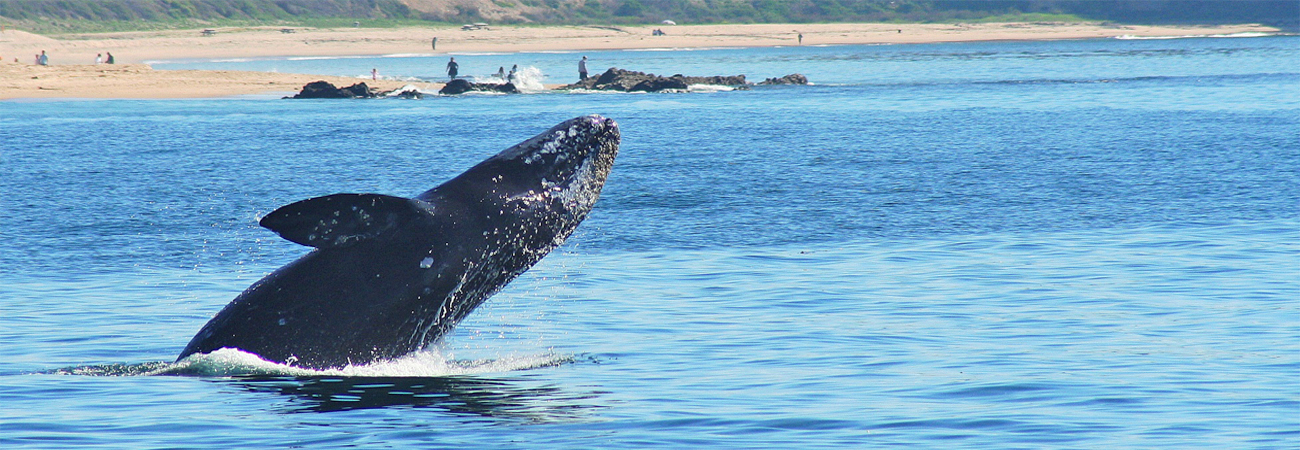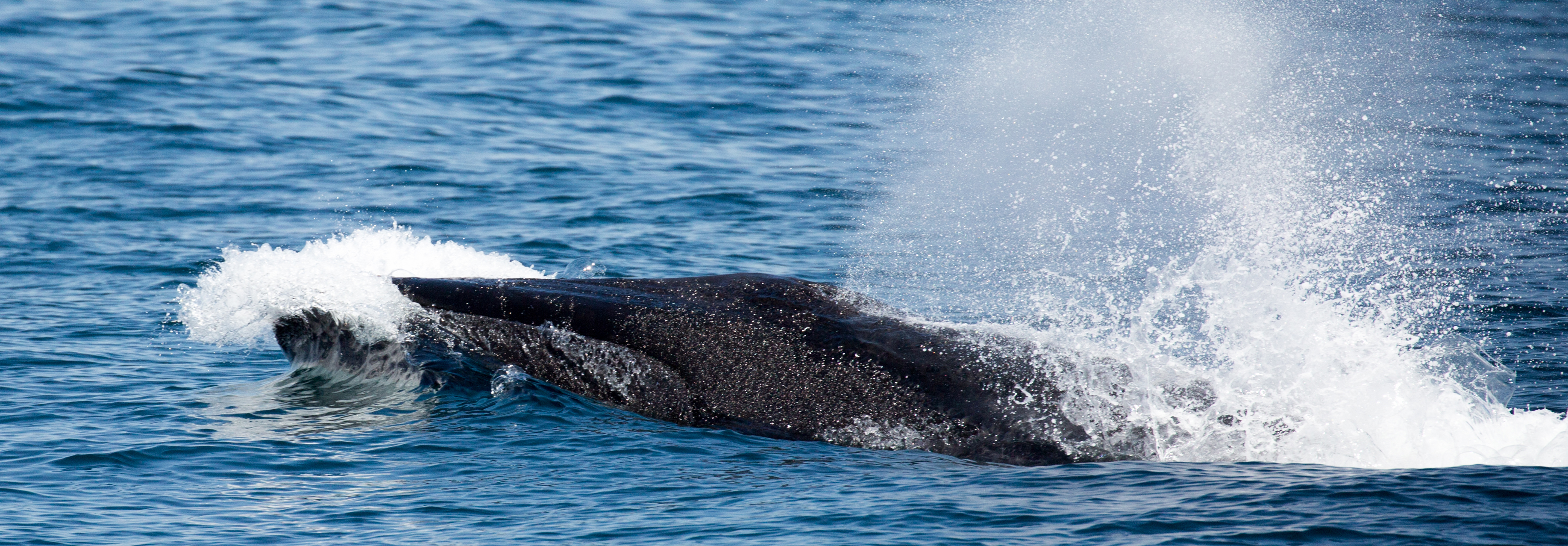
Fin Whale Facts
Fin whales, also known as razorback whales, are the second-largest whale species on the planet, after the blue whale. They are found in all the world's oceans, from the Arctic to the Antarctic, and are known for their distinctive body shape and vocalizations. In this report, we will explore the physical characteristics, diet, migration, mating, and fun facts about fin whales.
Physical Characteristics:
- Fin whales can grow up to 88 feet in length and weigh up to 80 tons.
- They have a distinctive long, streamlined body with a V-shaped head and a single dorsal fin located far back on their body.
- They are grayish in color with white undersides, and their throat and lower jaw are often covered in white or light gray markings.
Diet:
Fin whales are baleen whales, which means they feed by filtering small fish and krill through their baleen plates. They are known to feed on a variety of prey, including krill, copepods, squid, and small schooling fish. They are also known for their unique feeding behavior, called lunge feeding, where they accelerate toward their prey with their mouths open and engulf large quantities of food and water.
Migration:
Fin whales undertake some of the longest migrations of any mammal, traveling up to 15,000 miles each year. They typically migrate from their summer feeding grounds in polar regions to their winter breeding grounds in temperate and tropical waters. During their migration, they may travel alone or in small groups, and are known to be fast swimmers, capable of reaching speeds of up to 23 miles per hour.
Mating:
Fin whales typically mate in the winter months when they are in warmer waters. Males compete for females by producing loud, low-frequency vocalizations called "songs." After mating, females carry their calves for around 11 months before giving birth to a single calf that is around 20 feet long and weighs up to 4,000 pounds.
Fun Facts:
- Fin whales are the second-largest whale species, after the blue whale.
- They are capable of producing some of the loudest vocalizations of any animal, with their calls reaching up to 188 decibels, which is louder than a jet engine.
- Fin whales are fast swimmers and are known to spyhop, or raise their heads above the water, while swimming.
- They were once heavily hunted for their oil and meat, but their population has since recovered to an estimated 100,000 individuals worldwide.
- Fin whales have a unique coloration pattern on their lower right jaw, with white patches that are unique to each individual and can be used to identify them.
Fin whales are a fascinating and important part of the ocean ecosystem, with their unique vocalizations, feeding behavior, and migration patterns. As we continue to study and appreciate fin whales, it is important that we work to protect them and their habitat for future generations. By understanding their behavior and biology, we can better appreciate the value of these magnificent creatures and the role they play in maintaining a healthy ocean ecosystem.

Reserve your whale-watching trip!
Make your online reservation below, or call (949) 675-0551 to reserve.
SHARE
FOR RESERVATIONS, CALL (949) 675-0551